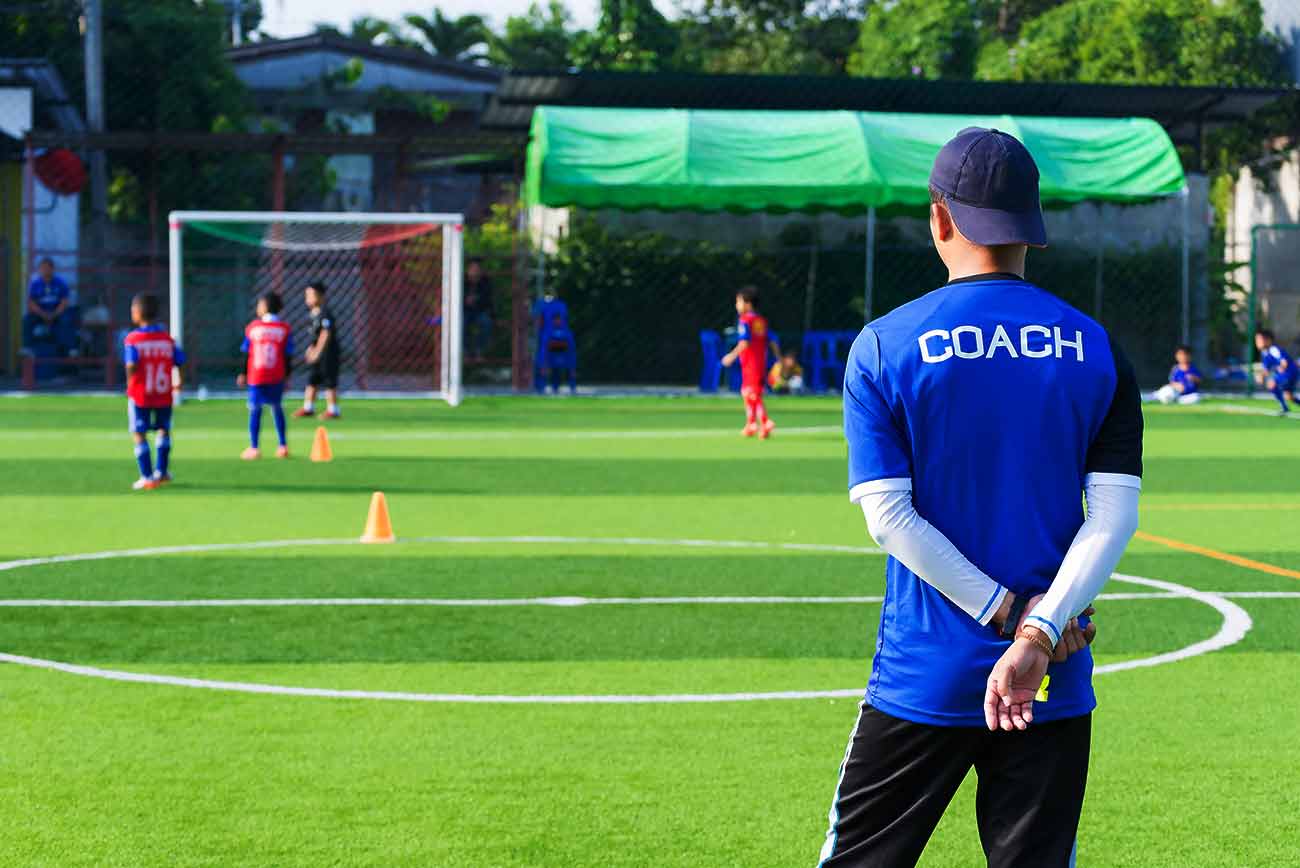
Engage In Sports While Being Injury Free
Engage In Sports While Being Injury Free
Children are competing in sports more than ever which means as parents and guardians we must have the basic knowledge to help them achieve their goals while being injury free. Every sport has a risk of injury, however for the majority; the benefit of participation far outweighs the risks.
Kids younger than 8 years old are at increased risk of injury because they are less coordinated and have slower reaction times than older children and adults. Another factor is that kids of different heights and weights play in the same age category, which can increase the risk, as not every child is equal in all aspects (Preventing children’s sports injuries, 2015)
There are two risk factors to sports injury. Intrinsic which are factors that are inherent to the child which are spilt into modifiable and non-modifiable. The non-modifiable factors are age, gender, ethnicity, and genetics (Babu, 2012). These factors cannot be altered or changed. The modifiable factors are muscle strength/power, flexibility, skill level and health of the child such as previous injuries or joint instability.

These factors can be improved and changed upon, with participation in sports with the aid of the coaches and parents. The second is extrinsic factors, which are non-inherent to the child. These factors include training, nutrition, equipment, and environment (Babu, 2012). The extrinsic factors are the ones that can be adjusted and monitored which will ultimately aid in keeping children injury free.
Children can reduce their risk of injury by warming up thoroughly before participation in sports and conducting a proper cool down afterwards. A proper warm up will loosen the joints and improve blood flow to the muscles, which will reduce the risk of injury. Cooling down will help release lactic acid which will aid in the body recovering sooner.
Hydration is another key aspect; therefore, ensure they drink water before, during and after activities to avoid dehydration. We lose a percentage of body weight when engaging in sports. The fluid loss through sweating needs to be less than our fluid intake to avoid dehydration. Hydration plays a major role in stabilizing our body temperature and is associated with energy levels and concentration therefore it is important keep the fluid intake high.
When playing sports, you must ensure that children wear equipment that fits properly such as protective gear (helmets, protective pads). Equipment needs to be purchased for the child’s specific needs and be the correct size, weight and material (‘Five ways to avoid sports injuries (for kids), 2015). Make sure the sports gear is not worn out such as shoes, which needs to be replaced regularly depending on the usage. Another aspect is ensuring you get enough sleep. During sleep, our bodies produce hormones that aid in the natural healing process. We can allow our bodies to heal and repair naturally if we get the required hours of sleep which can vary from 7-9 hours per night.
Play at the right skill level. This will ensure that your challenged to the correct level and not pushed beyond it which may lead to varies injuries. Injuries which may occur are sprains and these are injuries to the ligaments, strains which are injuries to the muscles and stress fractures are bone related (Sports injury prevention, 2017). These injuries occur when excessive stress occurs on the above areas. Steps that can be taken immediately after an injury has occurred is R.I.C.E, which stands for Rest, Ice, Compression, Elevation (Health families, 2013). Over exercising can cause an increase in colds and infections therefore an understanding of the child’s exercise threshold must be known to avoid exhaustion.
Sports should be fun and enjoyed by everyone. The key points to remember while playing sports are to warm up and cool down, wear protective gear, watch out for others on the playing field, stay hydrated and proper nutrition. These steps will help children now and, in the future, to engage in sports while being injury free.
Dinendra C.P. Jayasinghe
Strength & Conditioning coach
Fitness Specialist
Holistic Nutrition
Bachelors of Applied Science and sports coaching
Cert 3 & 4 fitness
Diploma holistic nutrition
References:
Kidshealth.org. (2015). Preventing childern’s sports injuries (for parents). Available: https://kidshealth.org/en/parents/sports-safety.html. Last accessed 26th March 2021.
K. Rajesh Babu. (2012). Prevention of sports injury. Available: https://www.slideshare.net/rajesh2299/prevention-of-sports-injury. Last accessed 26th March 2021.
Kidshealth.org. (2015). Five ways to avoid sports injuries (for kids).Available: https://kidshealth.org/en/kids/sport-safety.html. Last accessed 26th March 2021.
American Academy of Pediatrics . (2017). Sports injury prevention tips. Available: https://www.healthychildren.org/English/health-issues/injuries-emergencies/sports-injuries/Pages/Sports-Injuries-Treatment.aspx. Last accessed 25th March 2021.
British Colombia. (2013). Safety and injury prevention. Available: https://www.healthyfamiliesbc.ca/home/articles/safety-and-injury-prevention. Last accessed 26th March 2021.

